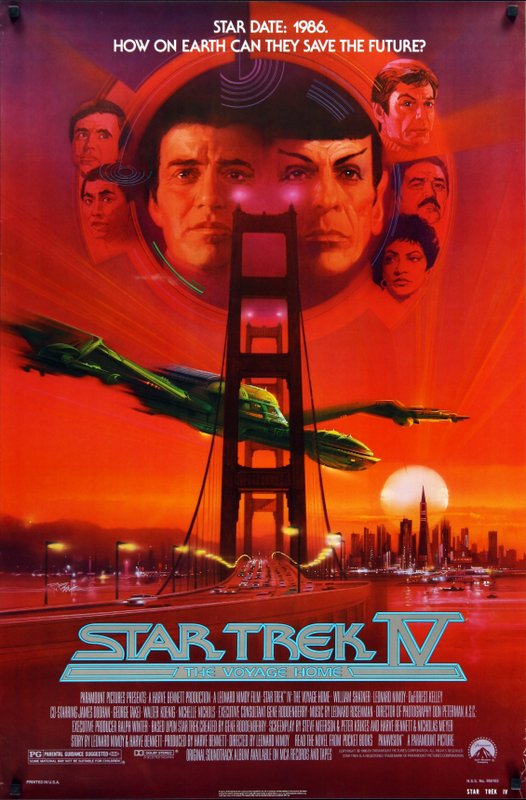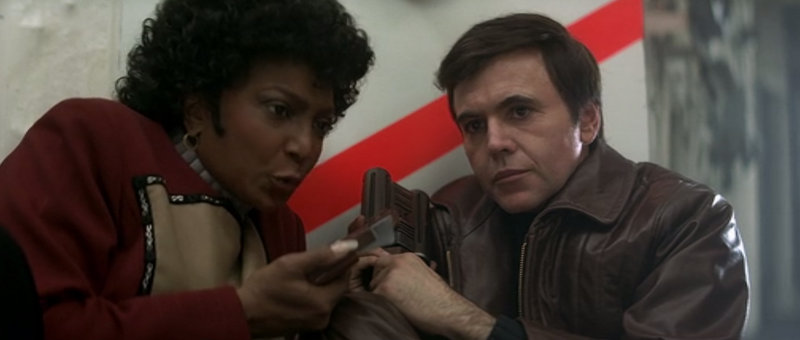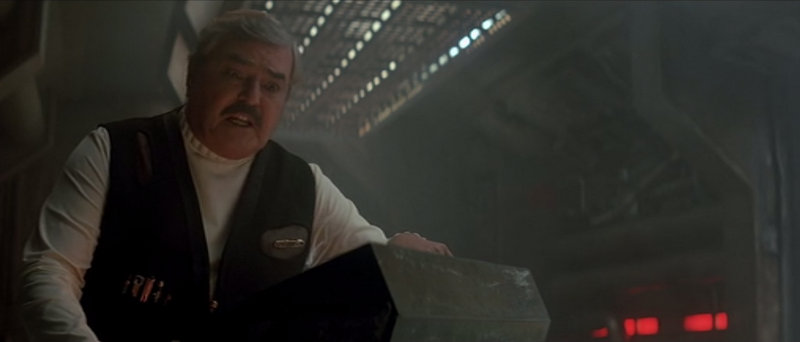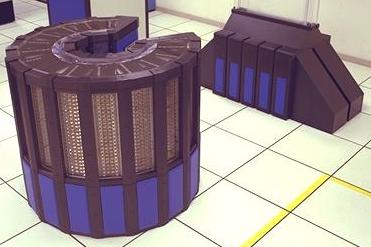 In response to our recent post with a message to us from Star Wars sound designer Ben Burtt, SWLing Post reader, David Guilbeault, comments:
In response to our recent post with a message to us from Star Wars sound designer Ben Burtt, SWLing Post reader, David Guilbeault, comments:
Here’s a similar story that circulated on the Internet around 1990 (pre WEB!). I worked in packet switching at that time and was very impressed with Bob’s achievement (even with a CRAY to work with) .
I reached out to Bob McGwier (N4HY), who is a Facebook friend, and he has kindly given us permission to share his message again here and with a few new comments:

Decoding HF packets in Star Trek IV
Originally posted on December 4, 1989 by Bob McGwier (N4HY)
Several months ago, Harold Price, NK6K, challenged me to demodulate what he thought might be HF packets in Star Trek IV.

During the scenes where Scotty is valiantly trying to beam both Chekov and Uhura back from the U.S.S. Enterprise, where they have been stealing Nuclear vessel high speed photons, Scotty is having a hard time hearing them.

Listen to the audio clip by clicking here or using the embedded player below (target sound is at 5 seconds):
One of the sources of interference is what appeared to Harold to be HF packet. Always being one to rise to a challenge, I took on the job of doing some fancy Digital Signal Processing footwork. Almost from the first I was certain that it must be an HF packet since my very first demodulator attempt clearly revealed flags before the start of a frame and end of frame was also clear. I knew it was HDLC of some variety.
Several things impeded the effort, including Scotty’s voice on top of the packets, some SSB from 20 meters was also nearly on top of the signal. All of this had to be filtered out. I spent an hour of time on the Cray-2 at work and used the fanciest FSK demodulator I could write and I finally had noisy baseband signal plotted on paper in front of me. I did my best to get an integral number of samples per baud as the signal was very noisy, and though the bits could be made out by eye, I could tell that it was going to take another hour of Cray-2 time to get the clock recovered and to make good bit decisions. In a couple of places, HDLC showed me what were clearly bit errors, and these could be done by eye as well.

After the filtering, and building a demodulator for the badly mis-tuned signal (almost 900 Hz below), I took the bits to Phil Karn, KA9Q and he decoded the NRZI data and proved beyond a shadow of a doubt that it was indeed an HF amateur radio packet. It was WA8ZCN-0 sending an RR for NR-3 to N6AEZ on 20 meters. I got Bill Harrigill, WA8ZCN on the phone and he agrees that it was probably him.
Thanks Harold for the challenge and Phil for the help.
Bob N4HY
P.S. A Cray-2 is about 50% faster than the fastest Pentium-Pro computer available today.
Again, keep in mind that the message above dates from 1989! This past week, Bob added the following comment when I contacted him:
The Cray Supercomputer on which the work was done was being operated on behalf of the National Security Agency by my research institute.
I received permission to “to test optimal algorithms for software decoding of FSK transmissions” and this was my test case!!!!
That is why Phil Karn was decoding the AX.25 bits by hand. I did not have permission to develop link layer protocol code, though I tried.
A few years later when half the bad guys in the world seemed to be using AX.25 and cheap ham gear I said “See, I told you so several years ago and you didn’t listen”.
I used that transmission in so many different ways I no longer remember them all.
That’s fantastic, Bob, and so great to know the back story on your decoding process! Thank you again for sharing this with us!
Star Trek fans can find the scene Bob references starting around time mark 1:12 in the film.
